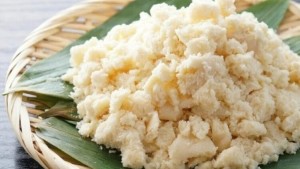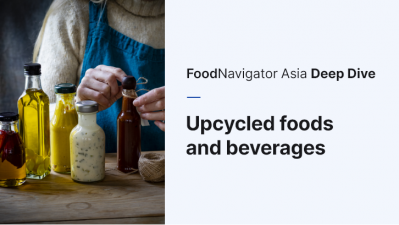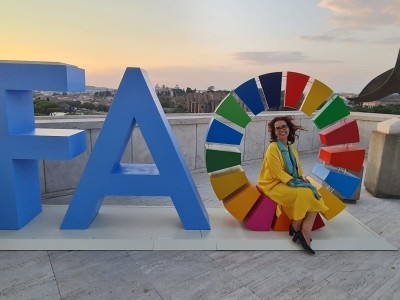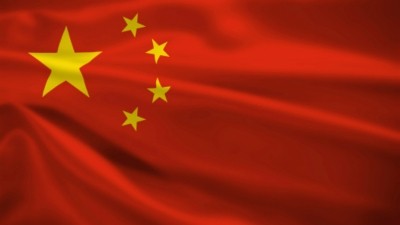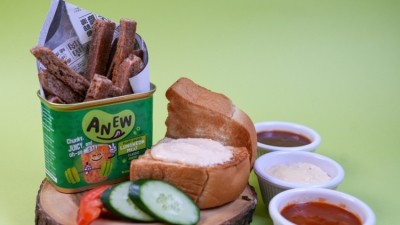The search for solutions: Upcycle food into plastic, heat and electricity to reduce waste – Experts
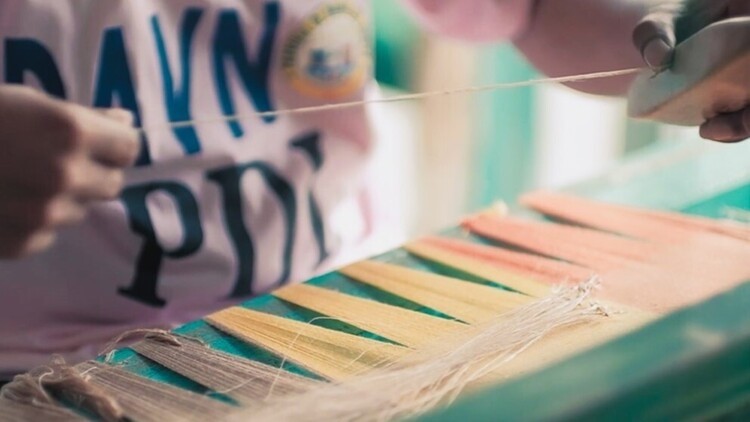
These were among significant takeaways from industry insights by experts collated in the Future Food Asia (FFA) White Paper 2022.
Regarding the paper, industry expert Isabelle Decitre, ID Capital CEO and FFA organiser, expressed her optimism about the future of upcycling food waste in APAC.
“It will become socially unacceptable to waste so much food. The most rationally minded people are the food manufacturers and agriculture operators. They see a lever to improve the efficiency of their operations. This is why we have started to unearth the industrial agrifood waste opportunity.
“Consumer food waste is a trickier challenge to mobilise the energies around, and here regulations and government incentives will have to come into play. I find it quite telling that well before starting to talk about alternative proteins and novel food, China had started to clamp down on consumer food waste.
“I think consumers are already very receptive to the need to tackle plastic pollution. It’s a more visible societal problem. This awakening should gradually lead them to embrace the food waste challenge as well,” said Decitre.
Moving to upcycling
The Upcycled Food Association defines upcycled foods as ones that “use ingredients that otherwise would not have gone to human consumption, are procured and produced using verifiable supply chains, and have a positive impact on the environment”.
According to the paper, there seems to be a “wholesale awakening” to the value of previously underutilised side streams, for example spent grain, banana stems, coconut husks and damaged mangoes.
Generally, agri-waste comes from fruits and vegetables than other food groups and could amount to more than a billion tonnes of side streams, according to food processing technology company Bühler.
This “awakening” has involved food producers and processors. Dole, for example, emerged as one of the stars of the world-renowned New York Fashion Week (NYFW) through its collaboration with upcycled banana textiles company Musa Fabric.
Besides fabric, there are success stories with upcycled alternative protein products like ‘okara’, the soy pulp remainder after manufacturing tofu or soy milk. Firms like Korean start-up RE: Harvest are introducing ‘okara’ meat analogue ingredients by fermentation.
Another effort is Australia’s Great Wrap, which creates compostable plastic wrap from potato skins and peels. Its founder Jordy Kay said similar possibilities for upcycled bioplastics were available too in the dairy industry.
First-generation food waste valorisation technologies include anaerobic digestion for biogas, animal feed production, composting and incineration to generate heat and electricity.
Additionally, fruit and vegetable by-products present an opportunity for businesses to recover valuable resources, such as fibres, therapeutic and nutraceutical compounds, and manufacture value-added products, such as bioactive peptides, antioxidant-rich polyphenolic compounds, natural pigments, enzymes, dietary fibre and functional food.
However, upcycling is not new in Asia. The continent has been using techniques like fermentation to repurpose various waste material. There might also be an impending uptake among consumers to value upcycled products, especially with the rise of alternative protein sources, stated the paper.
Caution
Some drawbacks in the Asian context include lenient regulations and scarce waste management funding.
Another risk is fluctuating energy prices that can render biogas economically uncompetitive compared to fossil fuels or renewable energies like solar.
On the technology front, the current valorisation methods are not sufficiently advanced for any one company to significantly valorise – affordably, at scale – enough of Asia’s postconsumer food waste.
The authorities must also step in provide educational initiatives, new collection models and regulations, like Japan’s Food Recycling Law.
Project Manager of circular economy at Bühler, Noemi Kaufmann, said: “A challenge for companies is to tap into a new market. I feel there is a need for a lot of collaboration across sectors, and huge opportunities when we can work together with other industries and learn so much more”.
